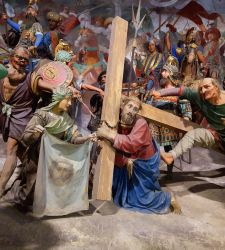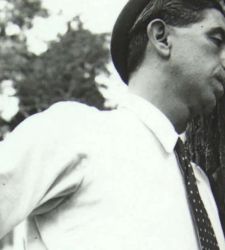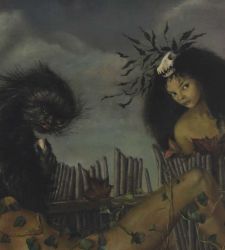
What is art? Blessed Tolstoy who had the ready and certain answer: that which comes from the people. I, on the other hand, while working for two or three decades as an art critic, find myself like Augustine about time. If no one asks him, he knows, w...
Read more...

There is what literary critic Charles Russell called the "binary tradition" of the twentieth century: avant-garde and modernism. The former is driven by an unshakeable belief in the progressive reunification between society and the artist (he speaks ...
Read more...

In the last decade, studies aimed at rereading the historical and critical work of Roberto Longhi have been several. A sign that Longhi has entered the phase of the historical process that will have to establish or not his definitive canonization. An...
Read more...

That principle that Roberto Longhi brings to bear to distinguish Caravaggio from the great men of the fifteenth-fifteenth century, whom he least liked because they often represented the power of the Italian centers over the mistreated periphery, and ...
Read more...

If it is true that in the birth of many artists lurk the "causes" of their becoming such (Roberto Longhi said that one is born a critic, but one becomes an artist), it could be said that for Leonor Fini the familyimprinting was the reason for her ent...
Read more...

The curators of the Felice Casorati exhibition at Palazzo Reale, through June 29, are the same ones who followed the edition of the Piedmontese artist's general catalog 30 years ago: Giorgina Bertolino and Francesco Poli. They are joined by Fernando ...
Read more...

Is the selfie the end point that closes the circle of the self-portrait as it has developed since the very attractive but also very false idea that an artist is hidden in every man? Riccardo Falcinelli, for example, has sought answers to the question...
Read more...

The biggest mistake one can make in making an exhibition of artworks that should have irony as its common thread is to explain where it lurks by overwhelming it with words and reflections. But, on the other hand, what to do? Irony is a "celibate mach...
Read more...








